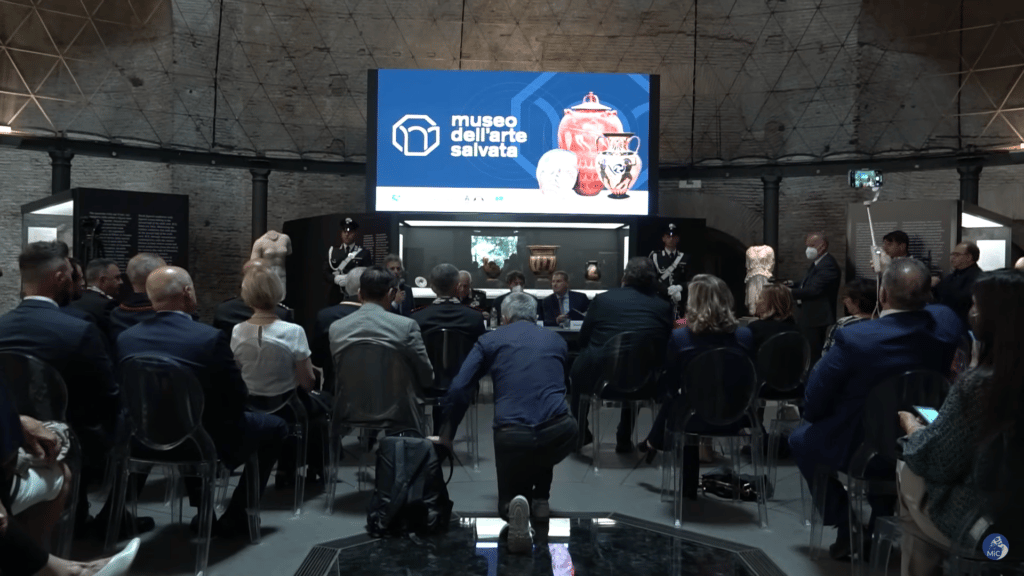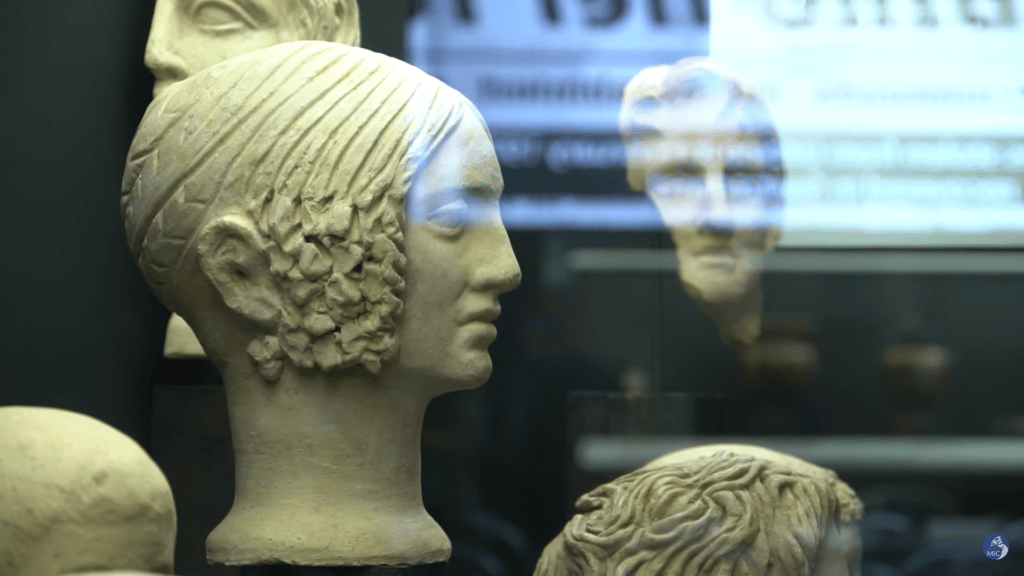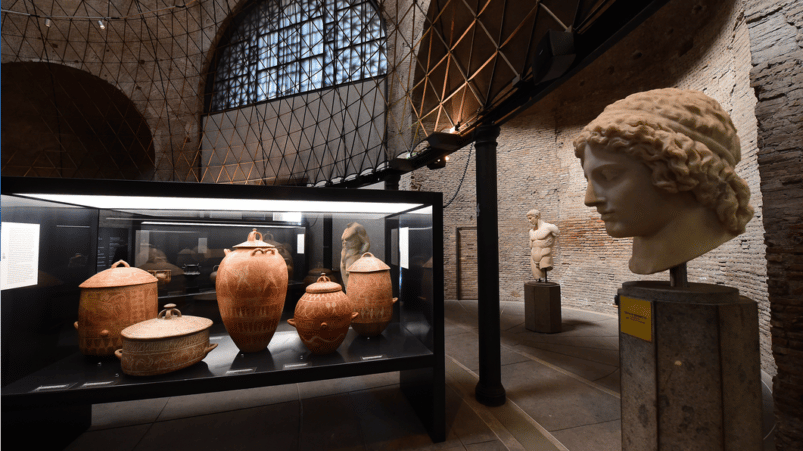An unusual exhibition with an even more unusual name: the Museum of Rescued Art in Rome has opened its doors. The temporary exposition features dozens of ancient archaeological findings that were illegally excavated or stolen but were retrieved in the past few years. The Etruscan, Greek and Roman artefacts will return to their place of origin in October, while newly recovered art will take their place in the exhibition.
The Museum of Rescued Art was opened in the Octagonal Hall of the famous baths of Diocletian in Rome, a fitting place for these ancient coins, figurines, plates, urns and statues. Among the audience was the Italian Minister of Culture Dario Franceschini and Brigadier General Roberto Riccardi from the Cultural Heritage Protection Unit of the Italian Police. One of the leaders of the so-called “Blue Helmets of Culture” was happy to underline the importance of cultural heritage for Italy.
“The protection of heritage, referred to in Article 9 of the Constitution of Italy has had the most varied patrons”, he told the Italian newspaper Corriere della Serra. “It involved sovereigns, popes and intellectuals. Since 1969 our Command has been among the determined guardians of this work. The assets regained amount to more than three million and what appears in this exhibition is only a part of the “booty” returned with one of the latest recoveries.”
Protecting and promoting these treasures is an institutional duty, but also a moral commitment
Dario Franceschini
“Stolen works of art and archaeological relics that are dispersed, sold or exported illegally is a significant loss for the cultural heritage of the country”, responded Franceschini. “Protecting and promoting these treasures is an institutional duty, but also a moral commitment: it is necessary to take on this responsibility for future generations.” Nonetheless, careful examination of the artefacts is needed to determine whether they are (partial) counterfeits or not.

Rare examples
The works that are now on display in the Octagonal Hall, around 100 in total, were all returned to Italy in 2021. A large portion of them was seized from museum collections, auction houses, and private collections in the United States. According to the Corriere della Serra the usual “terminals” where clandestine diggers, so-called tombolari or tomb-raiders, sell their illegally exported goods.
According to investigators, the artworks would have been smuggled out of Italy as early as the 1980s. In one case, authorities reclaimed a white marble head of Roman emperor Settimio Severo after it was put up for auction at Christie’s in New York in June 2020 – 36 years after it had been stolen from a museum in Campania.
Among the recovered artefacts are also rare examples of 8th century BCE ceramics, an Etruscan pithos (type of jar) with a scene from the Ilyad epos and an Etruscan amphora with homo-erotic images painted on it. One of the sculptures on display in Rome almost ended up in the possession of American celebrity Kim Kardashian, according to the British newspaper The Guardian.

Rotating collection
While the artworks will return home in October, the Italian government plans to make the exhibition permanent, but rotate the objects on display. For now, the exposition features mainly archaeological artefacts that have been retrieved, but the Corriere della Serra mentioned that in the future other recovered artworks such as paintings could be on display as well. For example, the Caravaggio painting that was stolen from Palermo in 1969, one of the most sought-after works of art in the world. A small downside: the work is yet to be found, the Italian newspaper notes. Nonetheless, it is clear that Italy is not planning to give up its cultural heritage.
Sources: Corriere della Serra (Italian), The Guardian

